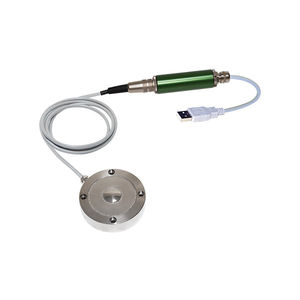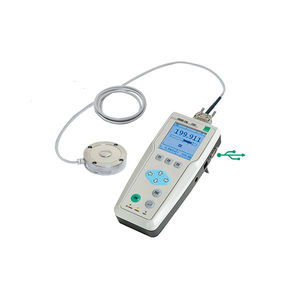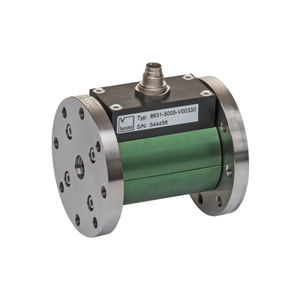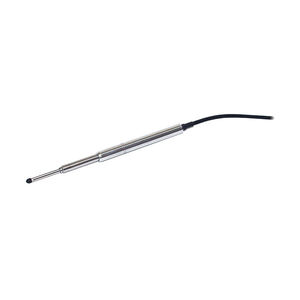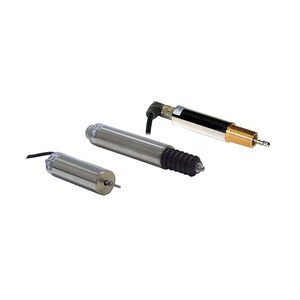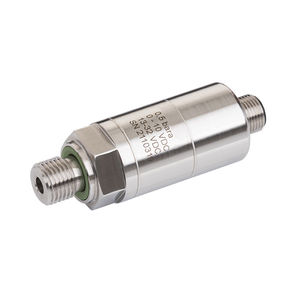
- Detection - Measurement
- Position, Speed and Acceleration Measurements
- Linear position sensor
- burster präzisionsmesstechnik gmbh & co kg
- Company
- Products
- Catalogs
- News & Trends
- Exhibitions
Linear position sensor 8719potentiometeranalogIP67
Add to favorites
Compare this product
Characteristics
- Type
- linear
- Technology
- potentiometer
- Output signal
- analog
- Protection class
- IP67, IP65
- Applications
- industrial
- Other characteristics
- precision, high-resolution
- Measuring range
Min.: 50 mm
(1.97 in)Max.: 900 mm
(35.43 in)
Description
Due to its high resolution also when measuring long distances, linear displacement measurements up to 900 mm can be carried out. Conversions between rotatory and translation movements through ball screws, wire or cord connections and so on are not necessary for direct displacement measurement.
Application fields include:
-Electromagnets
-Deformations - bending
-Pneumatic cylinders
-Length tolerances
-Press-insertions (longitudinal press-fits)
-Feed strokes
-Machine hubs
-Punch, knee lever or extruder distances
-Hydraulic cylinders
Due to the technology employed in potentiometric displacement sensors, they always operate with a sliding contact system. Special processes are applied to give the resistance tracks low friction, low tendency to stick/slip, resistance to abrasion and long-term stability.
The rod is guided in a low-play floating frontal bearing. This absorbs small angular and parallel displacements. The guide lug and slide block have particularly tight tolerances, in order to ensure reliable slider contact.
A ball joint coupling (see accessories) at the end of the sliding shaft minimizes axial errors between the sensor and the equipment.
Features:
-Measuring ranges: between 0 ... 50 mm and 0 ... 900 mm
-Non-linearity ± 0.05 % F.S.
-Resolution: 0.01 mm
-Adjustment speed up to 10 m/s
-Plug or cable connection
-Optional protection classes IP65 and IP67
Catalogs
Other burster präzisionsmesstechnik gmbh & co kg products
Sensors
Related Searches
- Position transducer
- Linear position transducer
- BURSTER displacement sensor
- Analog output position sensor
- BURSTER linear displacement sensor
- Industrial position sensor
- Metal position sensor
- IP67 position transducer
- Potentiometer position transducer
- BURSTER analog displacement sensor
- Non-contact displacement transducer
- Rotary position sensor
- Precision position sensor
- Precision displacement transducer
- BURSTER industrial displacement sensor
- Metal displacement transducer
- IP65 position transducer
- LVDT displacement transducer
- Potentiometer displacement transducer
- Compact displacement transducer
*Prices are pre-tax. They exclude delivery charges and customs duties and do not include additional charges for installation or activation options. Prices are indicative only and may vary by country, with changes to the cost of raw materials and exchange rates.

































